What would a visit to Panama be without visiting the world-famous Panama Canal? There are three lock systems that can be visited. The two large locks Miraflores and Gatún and the third, smaller lock Pedro Miguel. We opt for the most touristy place with the visitor center at the Miraflores lock. As this is a technical structure with global appeal, we don’t expect to visit the Panama Canal alone.
Check the boat timetable
To get the full experience of the Panama Canal, it is necessary to pay attention to the boat timetable. We were at the visitor center for the first time on a Sunday at 10:00 am. The gentleman at reception was kind enough to point out to us that the ships heading from the Pacific to the Atlantic, i.e. from west to east, had already sailed through the canal early in the morning. The reverse direction from east to west only starts arriving at the Miraflores locks at around 13:30. Well it looks like we need to wait, we buy the tickets first and come back later. Traveling with your own bus and not having to rely on public transport has its advantages.
Documentary and history of the Panama Canal
For just under 20 US dollars, the entrance fee also includes a 3D film about the history and construction of the Panama Canal. Therefore, we are not going to miss this movie – which is why we can now provide you with some facts about the canal. The idea of the Panama Canal is an old one and the Spanish colonial rulers were already thinking about such a canal. At the time, however, the undertaking was classified as unfeasible and was rejected. For a long time, goods were transported from ships on the Atlantic to ships on the Pacific by land along the approximate route of today’s Panama Canal – along the rivers.
In the 19th century, a first attempt was made and construction of the canal began with great effort and against overwhelming skepticism. This time, a Frenchman took on the task, the same man who had already planned the Suez Canal.
Unlike the Suez Canal in the Middle East, the ground beneath the Panama Canal is clayey and rocky and much harder to dig than sandy areas. In addition, the Suez Canal is at sea level, but the Panama Canal is higher than sea level. Also, the Europeans were no match for the tropical diseases transmitted by mosquitoes. Over 20,000 workers died during the project. In the end, construction was halted due to a lack of funds.
It was not until the beginning of the 20th century that the American Congress decided to build a Central American canal at state expense and thus the second attempt was made to build the canal. Now, for the first time, it was planned with locks right from the start. In addition, the key to success was that large parts of the interior of the country were flooded by a dam and a long canal network could be created without major excavations. In order to access this reservoir, locks are required on both sides of the Panama Canal to overcome the approx. 26m difference in height. This made the construction and ultimately the operation of the Panama Canal many times more complex than the Suez Canal.
Almost 100 years later, on December 31, 1999, the Panama Canal was officially handed over to Panama by the Americans. This was an enormous economic step for Panama.
Miraflores lock
We are really lucky when we visit the Miraflores lock, as there is a lot of shipping traffic. We see a number of ships, from small sailing boats and catamarans to a Panamax container ship, the largest ship that can pass through the Panama Canal. The smaller boats usually share a space in the lock with a large freighter. This means that the lock water can be used for several boats and the water is drained directly into the second line of the lock so that it can be reused and the water can be used as sparingly as possible. After the lock, some of the water logically always goes irretrievably to the sea to feed the river.
The large freighters are particularly impressive to watch. As the locks are too narrow for tugboats, the large freighters are stabilized from the edge of the lock by four or, in the case of the largest ships, six locomotives. With the maximum permitted ship size, there is just 60 cm of space on each side before the ship scrapes along the lock wall. At a cautious walking pace, the ships gradually enter the first and later the second lock basin. The locomotives follow a coordinated choreography and also overcome the gradient of the lock on their rails.
In the end, we stand in the mostly blazing sun for over 2 hours and watch the slow lock passages. We think it was definitely worth it. Seeing the Panama Canal once: Check!
Price estimates for canal crossings
We had one more question: how much does a canal crossing cost? The price obviously depends on the dimensions of the ship. And for commercial ships, it also depends on the loading capacity. This means that a small sailing ship can easily cost 2,000 US dollars for a one-way passage. For freighters, it is explicitly the maximum possible transport volume and weight that counts and not the actual cargo. At least 500 – 600,000 US dollars are due for each passage. Records are constantly being broken, especially with the enlargement of the locks and their opening in 2016, which will see new price records in the millions being achieved time and again.
A canal crossing with your own ship is therefore not necessarily a bargain after all.
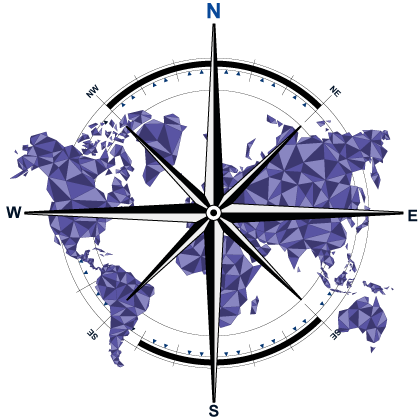
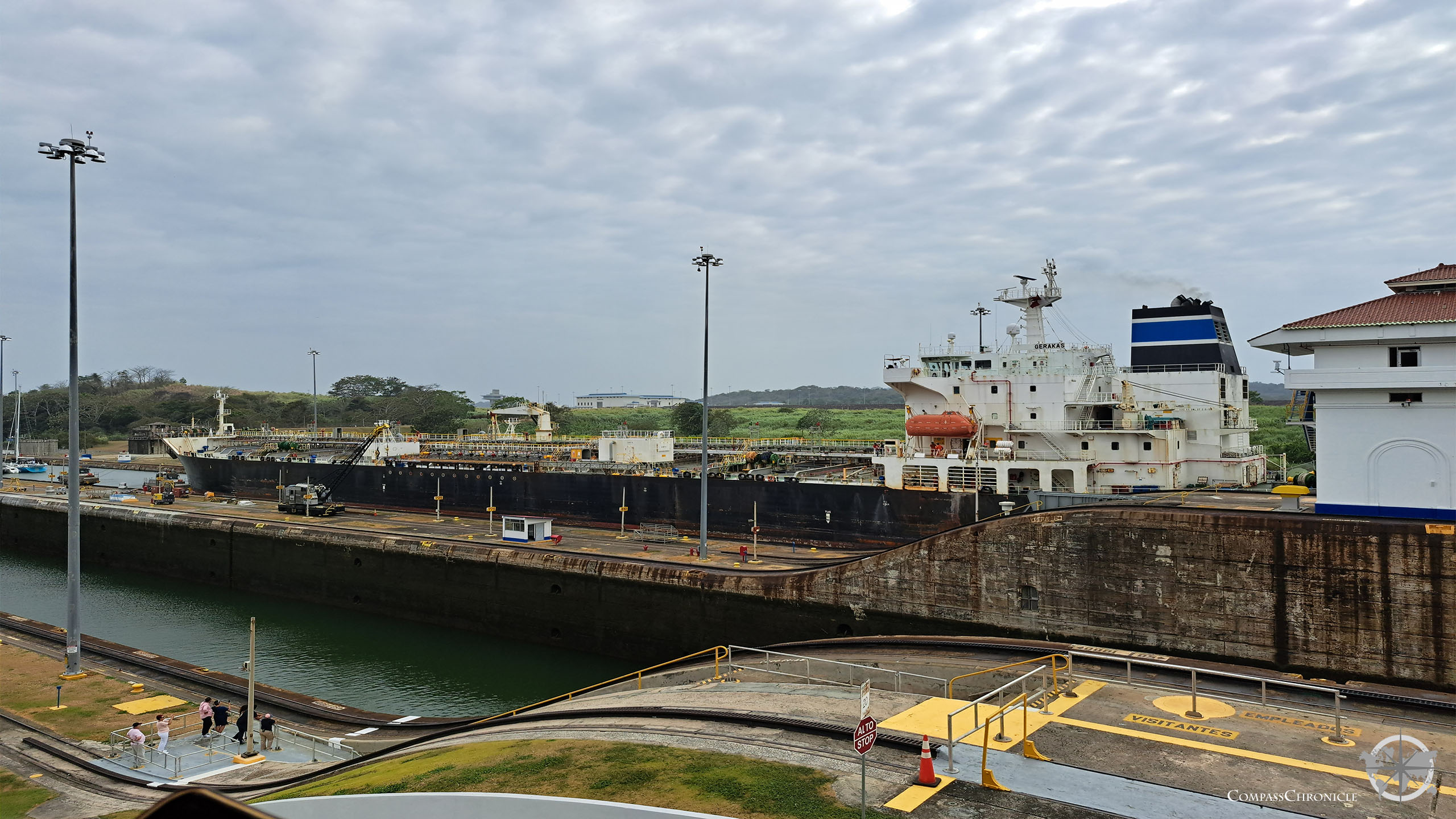
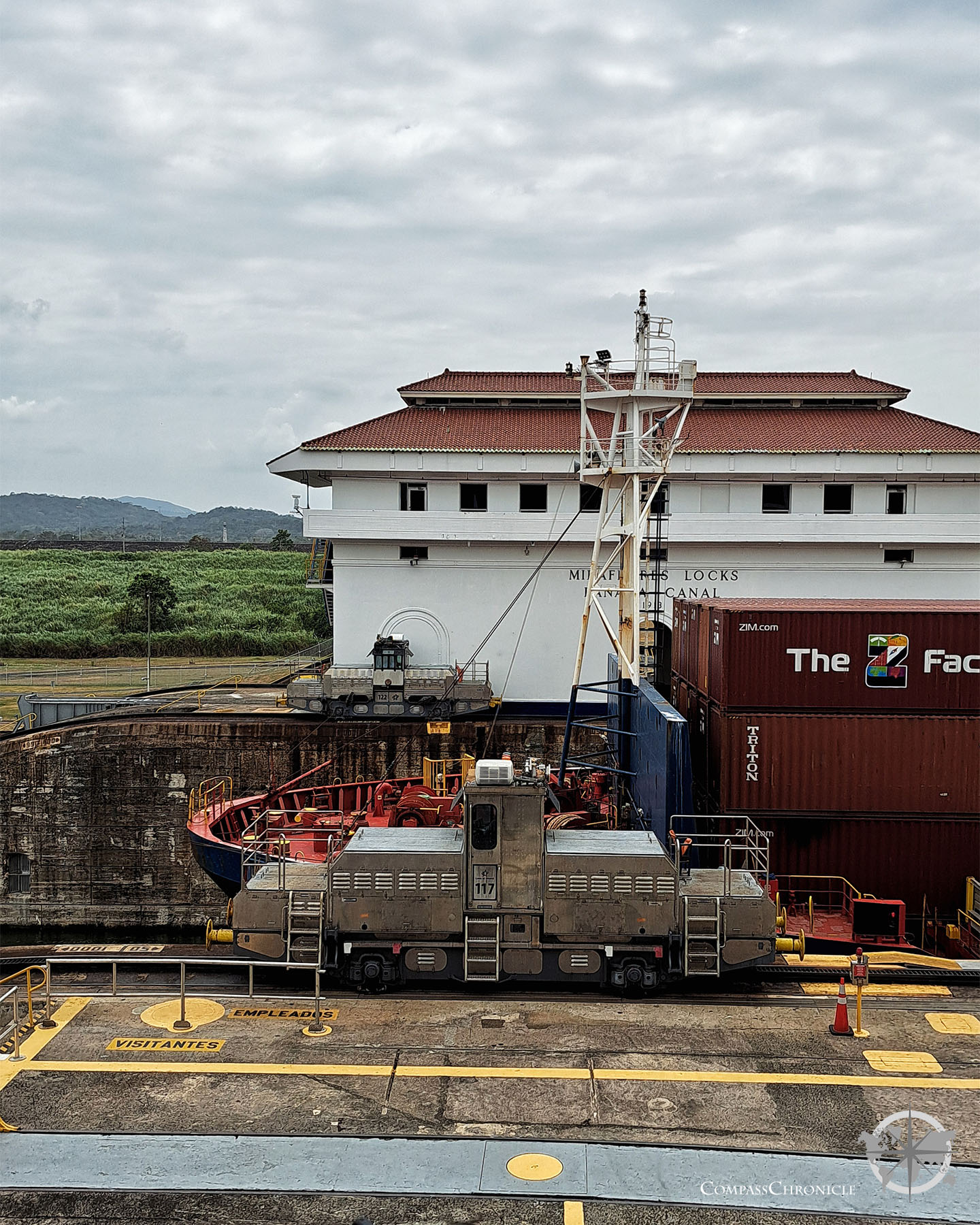
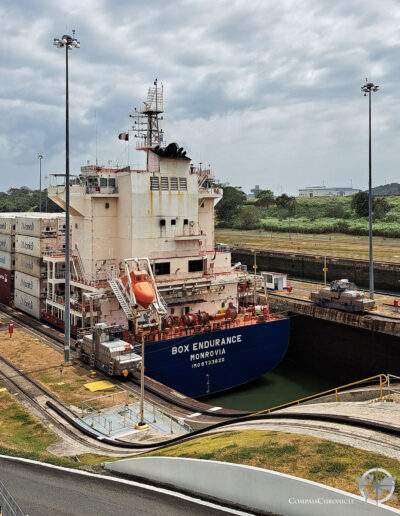
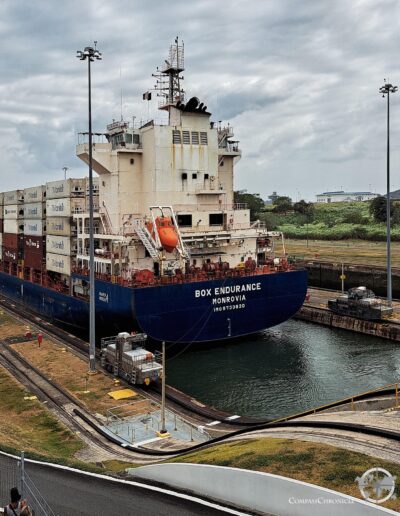
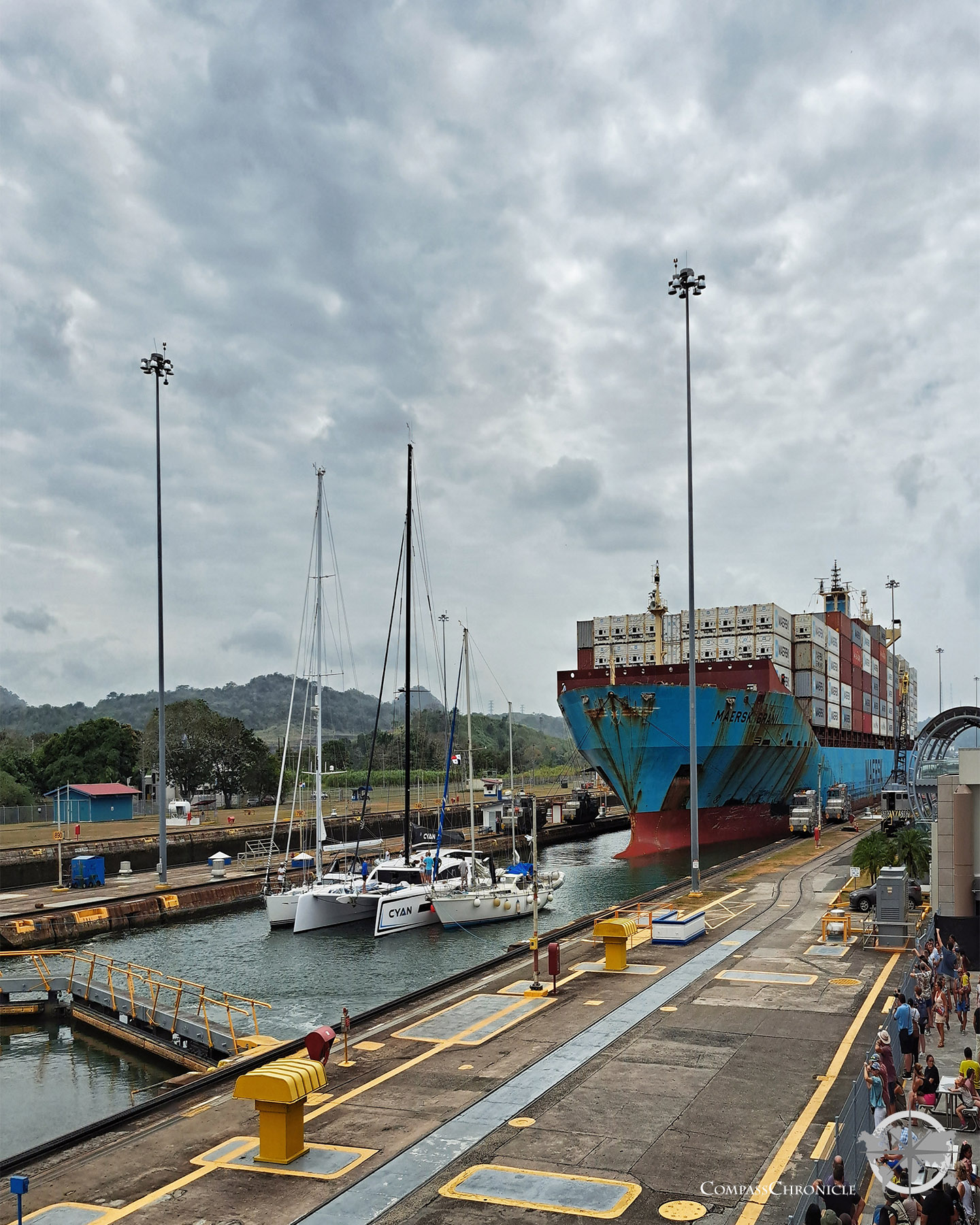
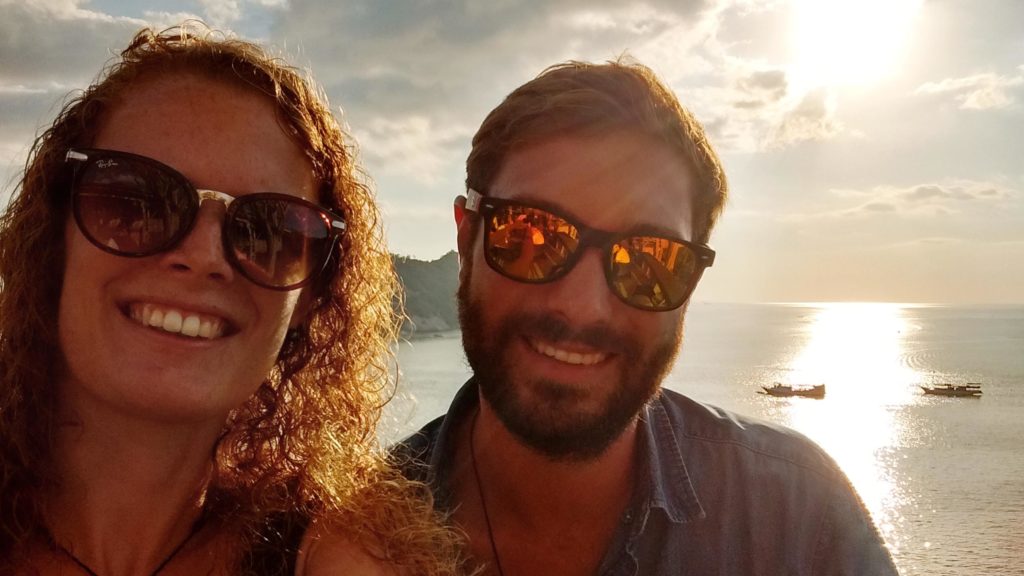
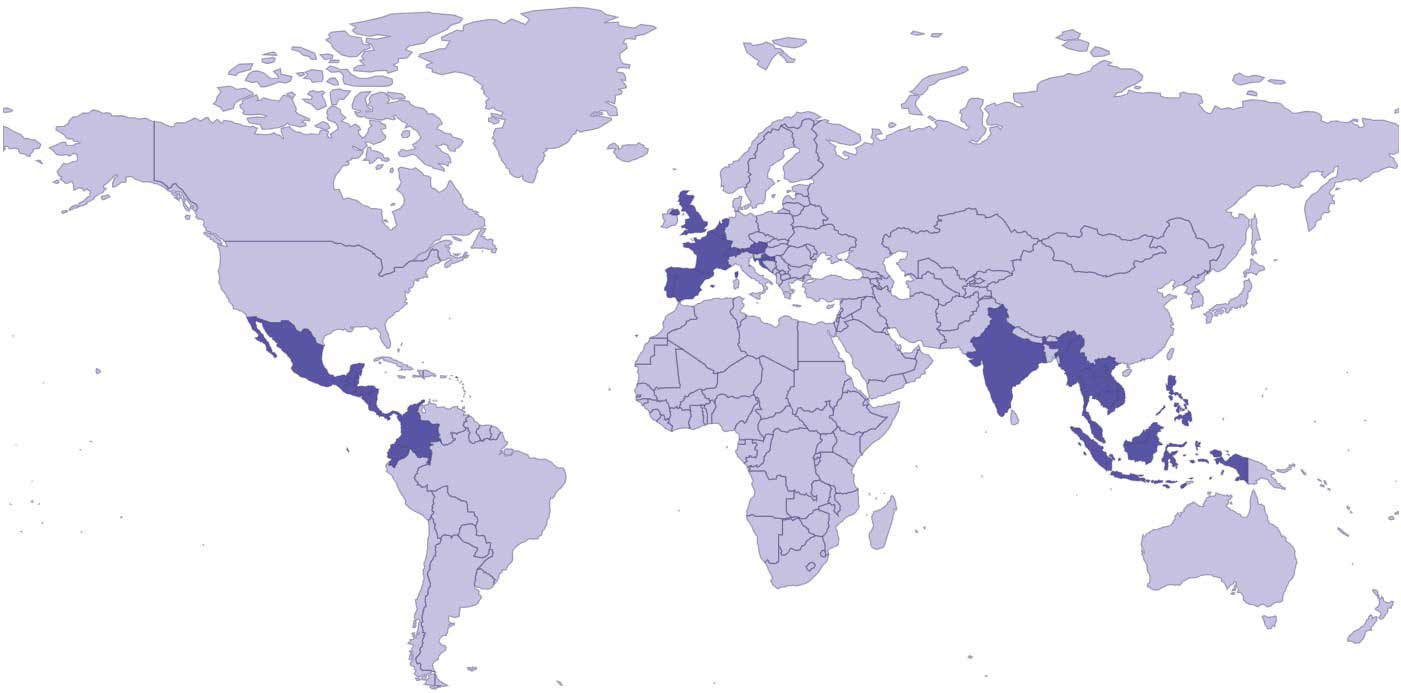

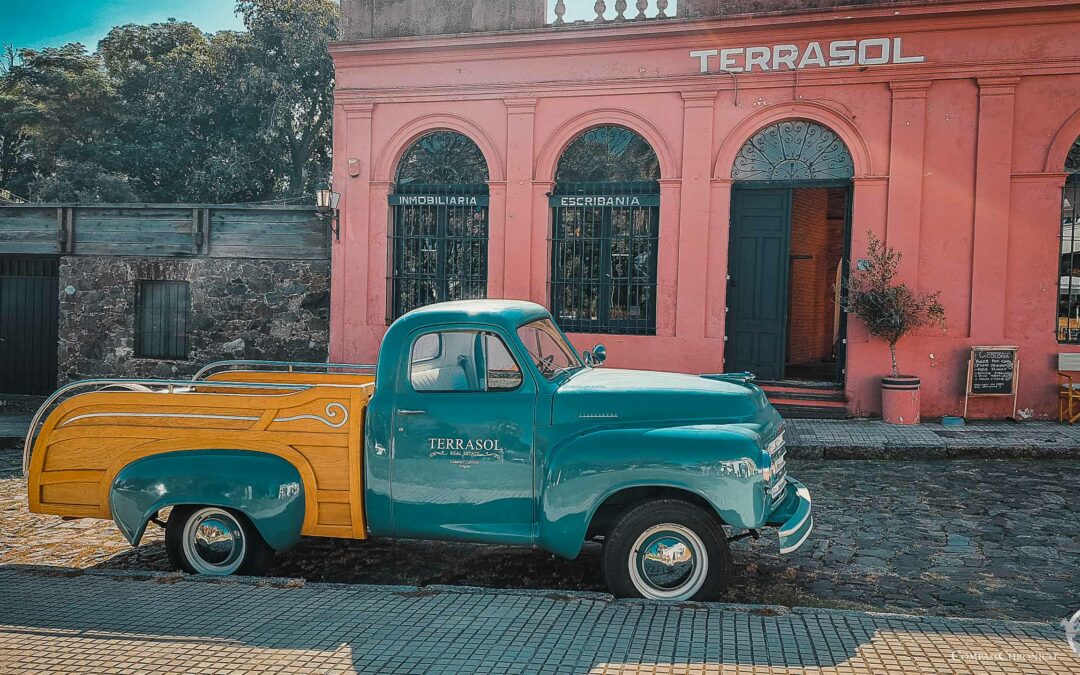
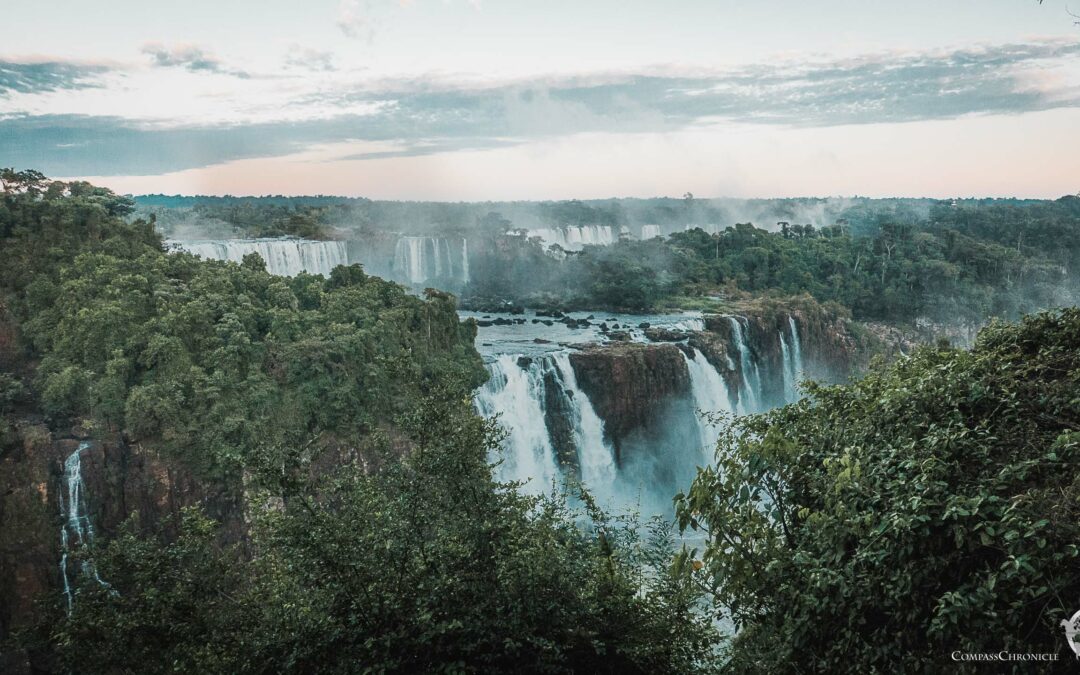
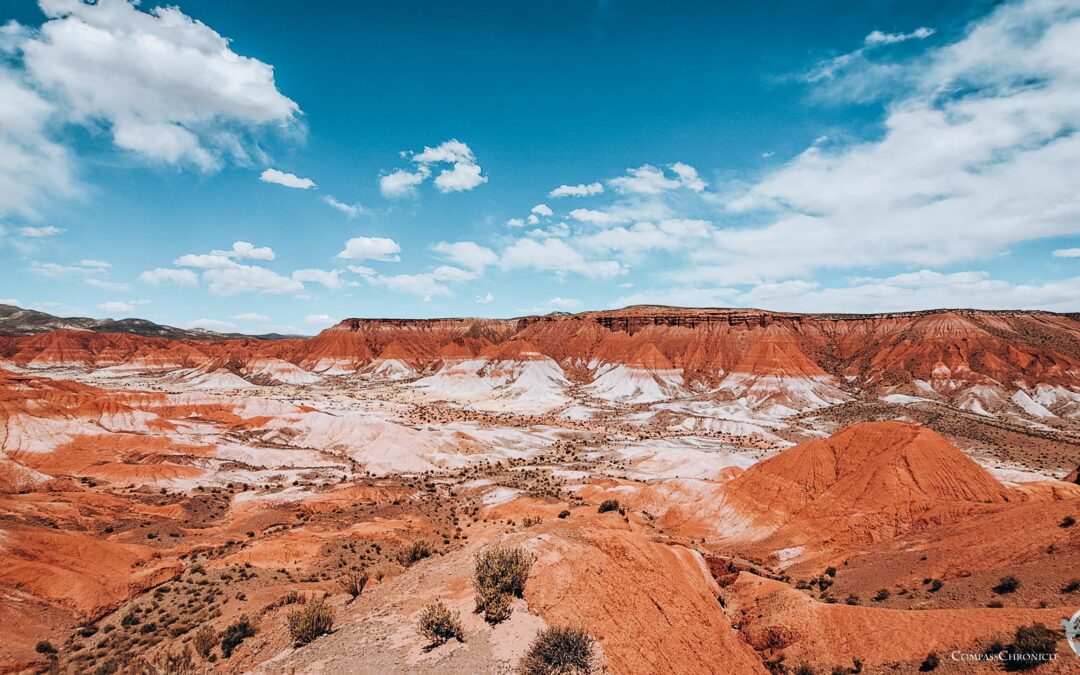
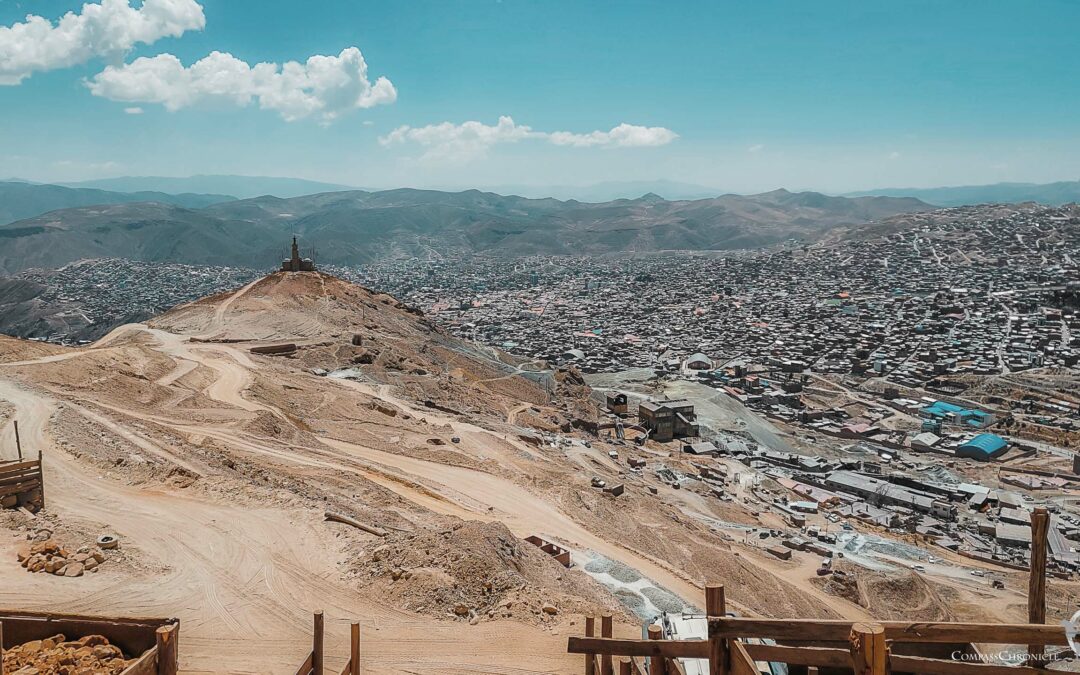

0 Comments